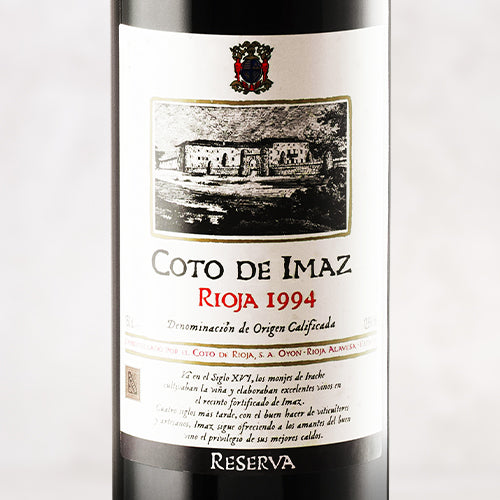It’s here: our hotly anticipated, annual allocation of Pascal Cotat’s single-vineyard Sancerre, and as usual, it is very limited. If you’re in the club already, feel free to click below and pounce so you don’t miss out. If you need a refresher on why everyone is so jazzed on Cotat, here’s the lowdown: For several decades now, Pascal has worked tirelessly to perfect the art of producing profoundly complex Sauvignon Blanc that strives to be the standard bearer for what Sancerre can achieve. Only his cousin, François, Edmond Vatan, and perhaps the Vacherons are in the same league. In fact, comparing Cotat to most any other Sancerre completely misses the point, as this wine should be compared with the greatest white wines produced anywhere on the globe. If you are someone who wants to have a representative selection of benchmark wines in your cellar, then you need Cotat. And given that prestige, it is still a relative value: Most wines with this level of pedigree are in the three, even four digits. The 2023 is super classic vintage too. Ok, convinced? Hopefully we still have some left!
Originating in the 1940s, the Cotat family domaine was passed from brothers Paul and Francis to their respective sons, François and Pascal, in the 1990s. Dedicated to the unique terroir of each site, the Cotats were among the first winemakers to vinify and produce single-vineyard bottlings in Sancerre, but the cousins eventually created two separate labels due to tedious government regulations. While François stayed put in Chavignol, his cousin charted the path for Domaine Pascal Cotat in Sancerre and built a separate winery.
Within the hamlet of Chavignol, Les Monts Damnés, or “damned mountains,” is the name of a series of steeply pitched vines the Cotat family has farmed for 75 years and counting. The cursed vineyard name is apropos given that the Cotats, by necessity, invented a system in which harvesters strap cushions to their rear ends to slide down the steep slopes. This wine is sourced from the highest parcels on the north-facing slope of this famous vineyard, which is distinguished by its subsoils of pure chalk—the same, gleaming white terres blanches found in Chablis. Left behind from ancient seabeds over 150 million years ago, this special soil offers a distinct, intense minerality that is entirely its own.
Cotat’s vines on Les Monts Damnés average about 35 years of age, and few winemakers can rival Pascal’s talent and dedication in the cellar—even fewer, if any, have the restraint to match his skilled late harvests. He’s known for hand-harvesting roughly a week later than others in the area, and as a result, his wines possess greater weight, ripeness, and complexity. In 2023, the whole-bunch grapes were gently sent through a pneumatic press and the juice fermented on indigenous yeasts in old demi-muids (large French oak barrels). It was then transferred into even older and larger barrels called tonneaux for under one year. An unfiltered and unfined bottling occurred in accordance with the lunar calendar.
The latest vintage is classic Cotat: Ripe, richly textured, and yet still perfectly balanced. Indeed, compared with the 2022 this vintage is perhaps even more mineral and structured. This beauty rolls out of a Burgundy stem with bright, lifted aromas of guava, gooseberry, green apple, sweet melon, grapefruit, white flower, honeysuckle, crushed white stone, damp herbs, and candied lime. The palate is poised and medium-bodied with incredibly deep, tension-filled layers that trigger an avalanche of mouthwatering acidity. Like all the benchmark wines these bottles are meant for a nice nap in the cellar, but if you want to open one in the next year or two just be sure to give it a good decant and serve it cool, not cold.











